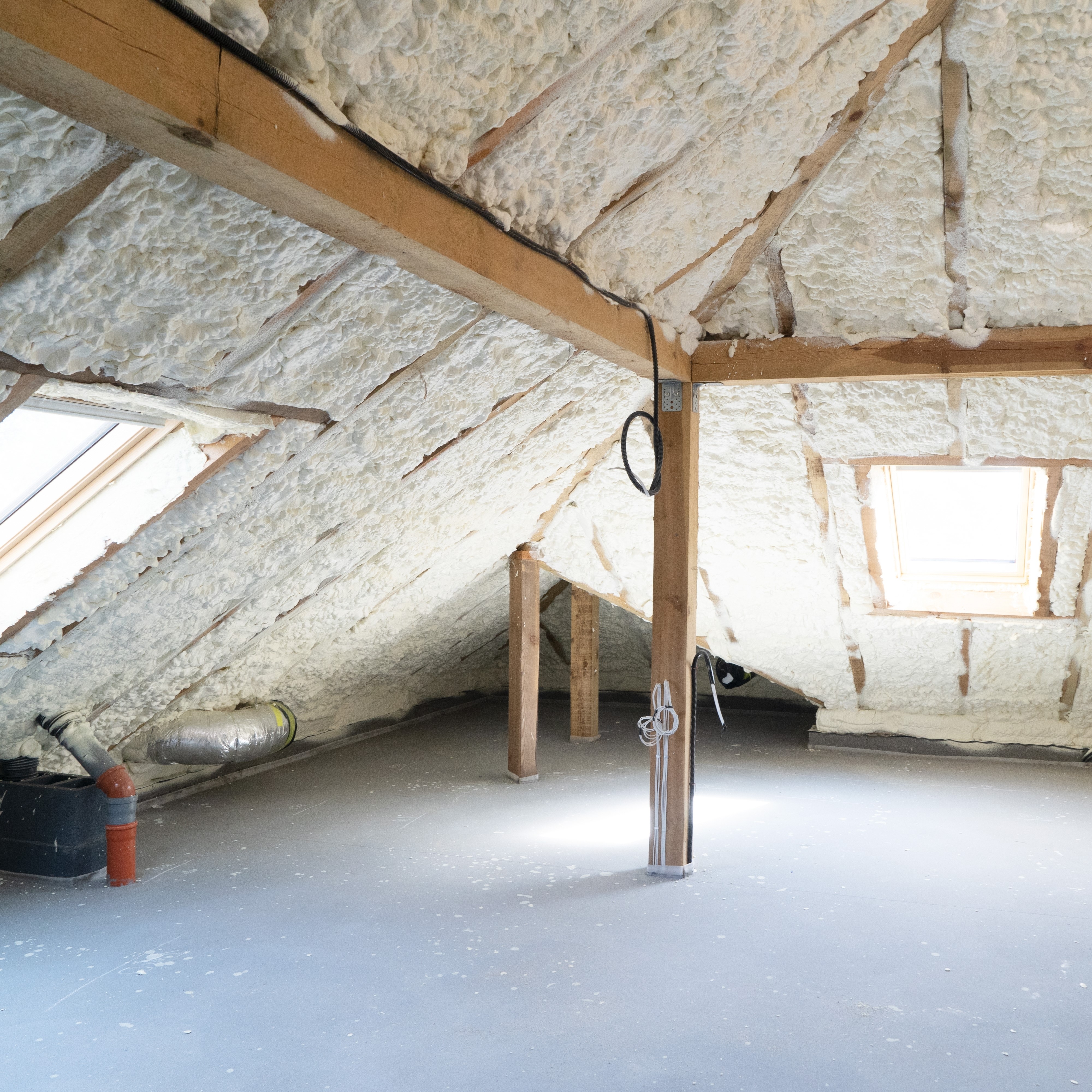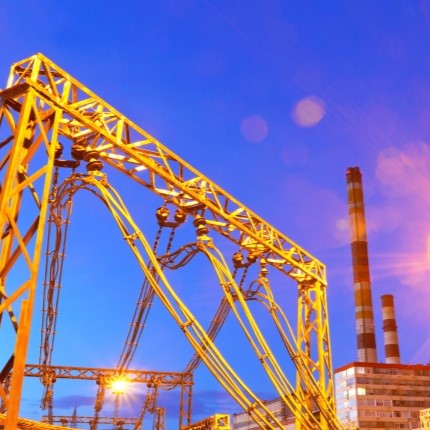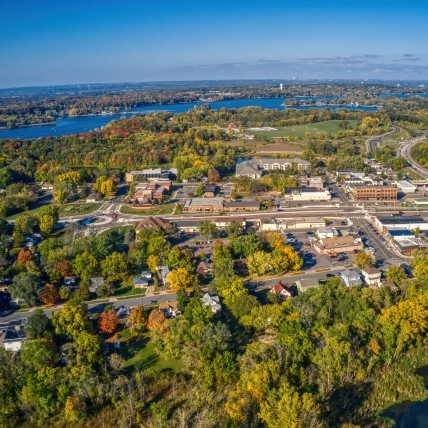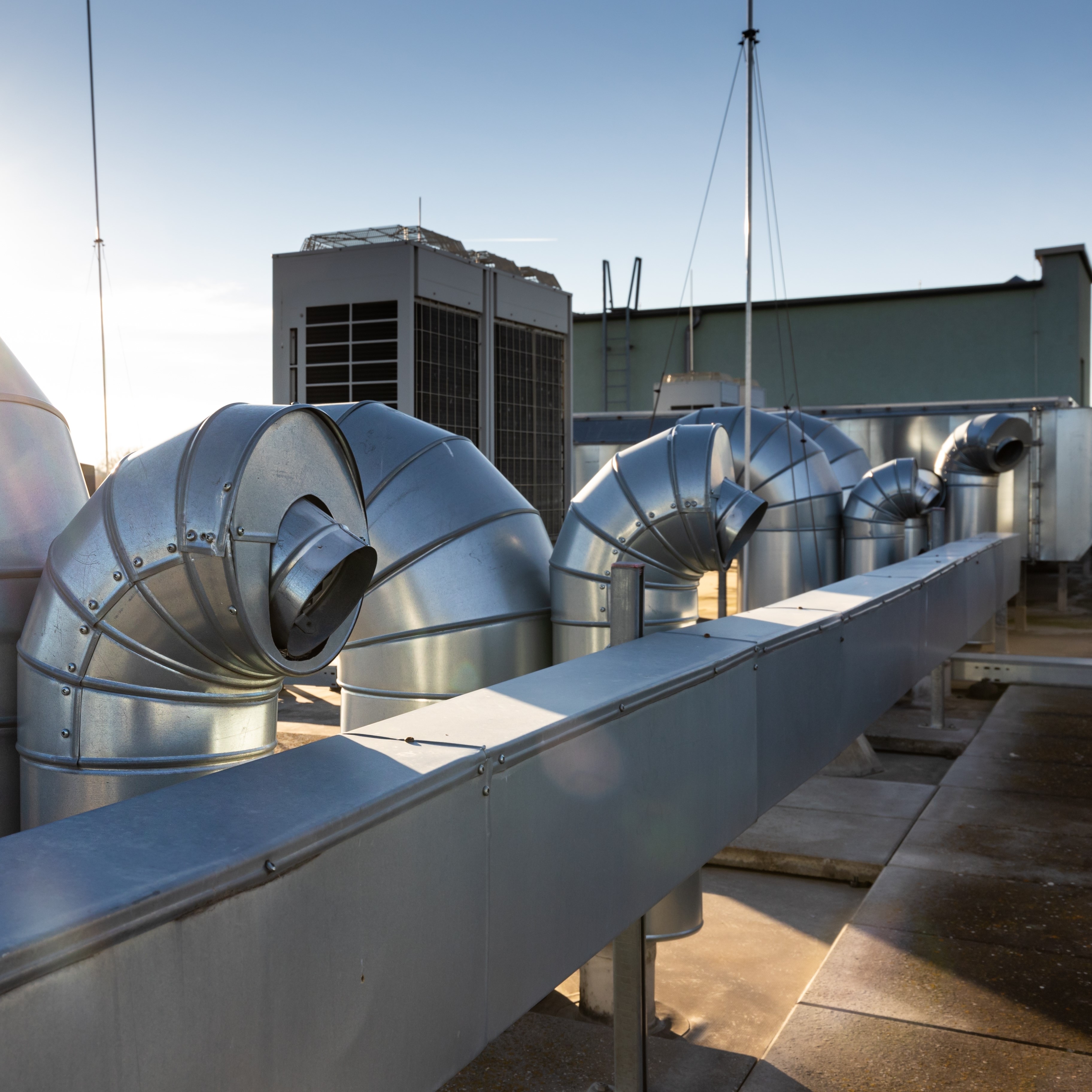This post complements our quarterly research newsletter, which features updates on CEE's research projects. Sign up to get this information in your inbox.
Evaluating heat pump opportunities for industries in Minnesota
Background: This project involved a state-funded study that evaluated opportunities to implement heat pump technology for manufacturing facilities in Minnesota. The project team aims to address opportunities for moderate to high temperature applications. The largest market barrier to the application of industrial heat pumps is spark gap, which is the ratio of electric to natural gas cost for equal energy value. This can be overcome by understanding thermal process signatures, selecting appropriate equipment, and leveraging organizational priorities.
Update: Project team members John Flanagan from CEE and Graphet’s Chandan Rao presented on this subject at the ACEEE 2025 Summer Study on Energy Efficiency in Industry, July 16–18. The study generated screening criteria for industrial heat pump opportunities, evaluated heat pump opportunities at Minnesota facilities, identified pilot sites for implementation, and described utility program opportunities. The team found heat pump opportunities that were energy cost neutral at four of the six sites. The team also estimated technical potential in the state of Minnesota through interviews with manufacturers, energy and design consultants, and plant management staff.
This October, the project team will host a Minnesota Department of Commerce, Division of Energy Resources webinar to highlight the study’s final findings and recommendations.
This project is supported by a grant from the Minnesota Department of Commerce, Division of Energy Resources through the Conservation Applied Research and Development (CARD) program, which is funded by Minnesota ratepayers.
Hennepin County residential weatherization and electrification action plan
Background: The project team will use ResStock combining county assessor data and audit data to model Hennepin County’s 1–4 unit residential building stock, identify the decarbonization needs for different building types in the county, and perform scenario analysis to understand the implications for energy savings, emissions reductions, upfront spending, and ongoing energy costs under different decarbonization scenarios. The modeling will help the County and stakeholders understand variations in these outcomes across different building characteristics, geospatially across the county, and over time in response to the GHG targets.
Update: The project team recently showed preliminary modeling results to stakeholders at a workshop in June and used feedback from that workshop to prepare geospatial analysis for a follow-up workshop in July. They anticipate incorporating another round of feedback for the third workshop in August. Following stakeholder engagement, the project team will spend the remainder of the year drafting a final report with strategies to be used by the County and other stakeholders to advance outcomes from our model.
This project is supported by funding from Hennepin County.
Room & Board RTU heat pump study
Background: To align with their corporate sustainability and decarbonization goals, Room & Board installed a new 5-ton heat pump rooftop unit (RTU) with electric resistance backup to serve a gym space at their corporate headquarters in Golden Valley. The company enlisted CEE to monitor the new equipment to better understand the energy savings associated with the heat pump RTU. The project leveraged a monitoring and analysis approach that was similar to other heat pump RTU monitoring projects conducted by CEE.
Update: The project team’s field data showed that despite the heat pump being able to provide heating down to very cold outside temperatures, the system’s efficiency was limited by its reliance on auxiliary heating to match the setpoint schedule. There were also issues with the system’s airflow, which the team corrected. The measured energy use of the system was less than all three alternative systems considered: dual fuel heat pumps, an electric furnace, and a gas furnace. The team recommended modifications to the setpoint schedule to reduce electricity demand and operating costs by replacing short periods of auxiliary heat operation with longer periods of efficient heat pump operation. The final report for this study will be published on the Next Gen RTU website in the coming weeks.
Visit the Next Gen RTU website
Minnesota's Efficient Technology Accelerator is funded by investor-owned utilities and administered by the Minnesota Department of Commerce, Division of Energy Resources.
Electrification with Equity

Background: In partnership with Elevate, CEE staff contributed to a project under a grant from the Wells Fargo Foundation to weatherize and electrify homes within the Green Zones of Minneapolis. For each project site, the team conducted modeling to determine weatherization and switchover temperature needs, completed weatherization work including wall and/or attic insulation at all sites, installed appropriate new HVAC that typically included a new furnace and air source heat pump (ASHP), and assisted with rebate application to lower project costs.
Update: The project is nearing completion, and the team will finalize their report on the work this fall. Thanks to stacking and maximizing rebates, the team was able to include eight sites for the project, exceeding the original project scope. Modeling conducted before and after electrification work underscored the importance of proper home weatherization to maximize the efficiency and cost-effectiveness of new electrified appliances like ASHPs and heat pump water heaters. The team found that the homes were able to maintain utility bill cost-parity, or close to cost-parity, with low switchover temperatures between the ASHP and back-up furnace, which was a promising result for ASHP potential in Minnesota’s cold climate.
Stay tuned for the publication of the report for this work on CEE's website later this fall.
This project is supported by a grant from the Wells Fargo Foundation.
MEDIA CONTACT
Tim Hanrahan, thanrahan@mncee.org



